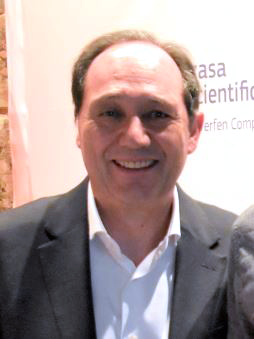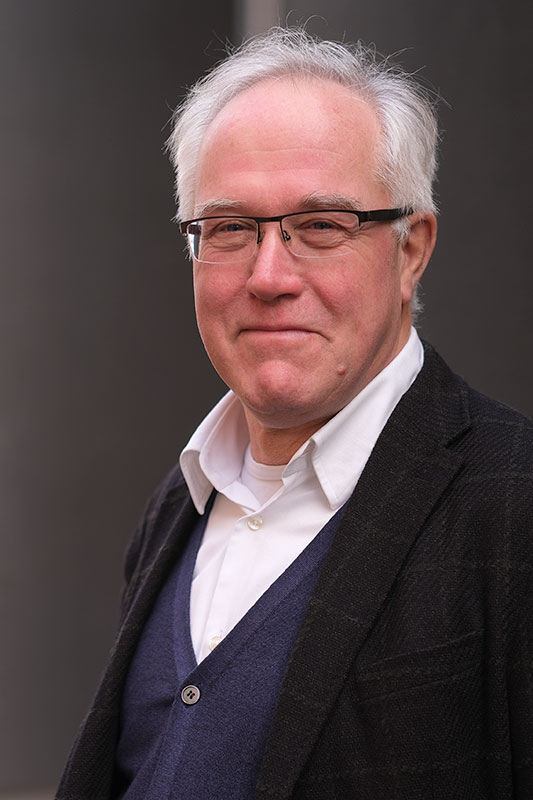
Izasa Scientific and DENSsolutions announce new partnership

DENSsolutions is proud to partner with Izasa Scientific to serve the Spanish and Portugese market. We have been active in Spain for a number of years and in those years we started to build a good relationship with the expert and passionate team of Izasa Scientific. Now we have recently officially signed our partnership, which we are sure will benefit the TEM community in Spain and Portugal. Offering them cutting-edge In Situ technology with the best possible local support.

We are convinced that the association between our companies will end in a clear benefit for the scientific community by facilitating access to the most complete solution for “in-situ” Electron Microscopy on the market. We believe that DENSsolutions is without a doubt the best partner in this field.
This good alignment, even before formalizing this agreement, which we are pleased to announce, has led to joint efforts, such as the recent webinar, which attracted considerable interest from the scientific community, and which we invite you to watch on the Izasa Scientific website.”
Carlos Arribas, General Manager at Izasa Scientific

So I fully agree with Carlos Arribas, the General Manager of Isaza Scientific, when he states that there is good alignment between the two companies. It was clearly shown indeed during our joint recent webinar.
DENSsolutions will keep pushing the technology envelope for total in situ solutions based on our state of the art Nano-Chip, Nano-Reactor and Nano-Cell MEMS based sample carriers.
In order to support our customers in every part of the world, we believe that a true partnership with our distributors is extremely important and after careful consideration we decided that this true partnership for Spain and Portugal can be realized with Isaza Scientific in the most beneficial way for our customers.
Isaza Scientific brings a lot of value for DENSsolutions as they have a very extensive installed base in Spain and Portugal. But more importantly the people in Isaza Scientific really have the knowledge and drive to understand our customers’ needs.
Last but not least: with the completion of the distribution agreement with Isaza Scientific we now “cover” the whole of Europe.”
Ben Bormans, CEO -DENSsolutions


















